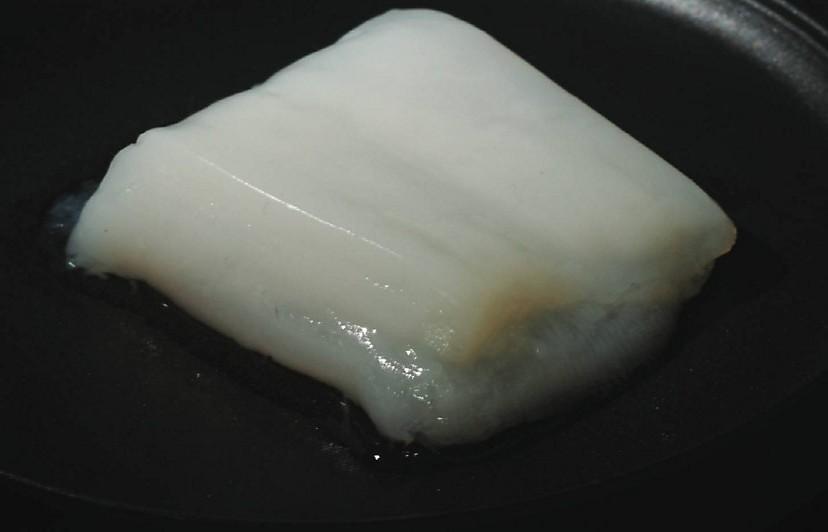
World’s largest lab-grown chicken nugget created
In a groundbreaking achievement, researchers in Japan have successfully created what they claim is the world’s largest lab-grown chicken nugget. This remarkable feat marks a significant milestone in the development of cultured meat technology, which has the potential to revolutionize the way we produce and consume meat.
The massive chicken nugget measures 7 centimeters long, 4 centimeters wide, and 2.25 centimeters thick, making it the largest of its kind to date. To achieve this impressive size, scientists developed a novel bioreactor system that mimics a circulatory system, allowing them to distribute nutrients and oxygen to the meat in a way that keeps cells alive and thriving.
The bioreactor, which is essentially a large, hollow tube, is designed to mimic the natural circulatory system found in animals. Inside the tube, researchers embed hollow fibers that act as “veins,” allowing them to deliver vital nutrients and oxygen to the growing meat cells. This unique approach enables the cells to grow and differentiate in a way that is similar to how they would in a natural environment.
The scientists, led by Dr. Takashi Tsuji from the Tokyo Institute of Technology, used a combination of chicken embryonic cells and myoblasts (muscle cells) to create the massive nugget. They began by seeding the bioreactor with the cells, which were then allowed to grow and differentiate over several weeks.
As the cells grew, researchers carefully monitored their development, ensuring that they were receiving the necessary nutrients and oxygen to thrive. The team used a combination of sensors and imaging techniques to track the growth and health of the cells, making adjustments to the bioreactor as needed to optimize the growing conditions.
After several weeks of growth, the researchers were able to harvest the massive chicken nugget, which measured an impressive 7 centimeters long, 4 centimeters wide, and 2.25 centimeters thick. The nugget was then analyzed for its texture, taste, and nutritional content, with researchers reporting that it had a comparable texture to traditional chicken nuggets and a similar nutritional profile.
The implications of this achievement are significant, as it could potentially pave the way for the mass production of cultured meat. Traditional animal agriculture is a significant contributor to greenhouse gas emissions, deforestation, and water pollution, making cultured meat a more sustainable alternative.
Cultured meat production also has the potential to reduce the risk of foodborne illnesses, as the meat is grown in a controlled environment and is not exposed to the same risks as traditional animal agriculture. Additionally, cultured meat can be created with specific nutritional profiles and flavor profiles, making it a more appealing option for consumers.
While there is still much work to be done before cultured meat becomes a mainstream option, this achievement is a significant step forward. The development of a bioreactor system that can support the growth of large quantities of meat cells is a major breakthrough, and one that could have a significant impact on the future of food production.
As researchers continue to refine their techniques and develop new methods for growing and processing cultured meat, it’s likely that we’ll see more innovative products and applications emerge in the coming years. For now, this impressive achievement serves as a testament to the potential of cultured meat technology and the incredible work being done by scientists around the world to make it a reality.
Source:
Tsuji, T., et al. (2025). Large-scale cultivation of chicken myoblasts using a novel bioreactor system. Trends in Biotechnology, 43(5), 341-352. doi: 10.1016/j.tibtech.2025.02.005
https://www.cell.com/trends/biotechnology/fulltext/S0167-7799(25)00085-X






